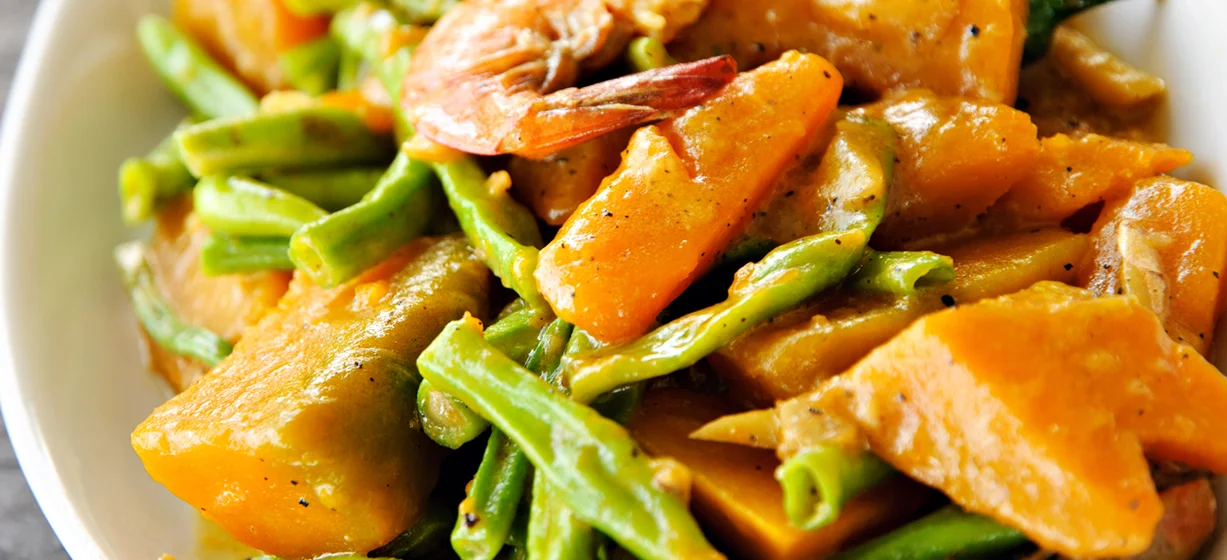Get your fill of Filipino food
#UAE | 13 June, 2019For Ma Felicidad De los Santos, there couldn’t be a better time to open a restaurant serving Filipino food. Not only is she tapping into a broader trend that has seen more than 400 new restaurants opening in Dubai this year, but the Filipina believes interest in her home country’s food now extends beyond her compatriots. “We hope to attract everyone who passes by this area: Filipinos, Arabs, Indians and other expats,” the journalist turned entrepreneur tells GN Focus. Terraces, named after the country’s famous rice flats, opens at Deira’s Dream Palace Hotel later this summer. The budget-friendly restaurant will serve classics such as adobo, kare-kare and chicken inasal, as well as an international selection that includes mixed grills, mandi, steak, spaghetti and shawarmas. “We are also looking at introducing authentic Filipino rice coffee that will go well with our snack menu.”
Breakout cuisine
Filipino food is expected to be a breakout cuisine this year, according to forecasts from Baum + Whitman, which predicts sour flavours to find favour with diners around the world. Across the archipelago, ingredients such as tamarind and the calamansi lime find their way into dishes such as sinigang, a one pot meat and vegetable soup, and kinilaw, an Asian island version of ceviche. But here in the UAE, where adobo and halo-halo have long been popular, Filipino food is more than just a trend, says Jovy Tuano, Chairman Emeritus of the Philippine Business Council-Abu Dhabi, and Executive Director of Filfood Asia Gulf, a UAE-based programme aimed at expanding the acceptance of Filipino food internationally. Tuano is organising Filfood Fest, a month-long event in Dubai and Abu Dhabi that launches at the Philippine Independence Day celebration today, to grow the market for Filipino food in the country.
The cuisine has come a long way since a decade ago, when turo-turo delis, where diners picked what they wanted from a large display, were the mainstay for expats. Then, those looking for a buffet went to Bulwagan in Karama or to the Golden Fork chain if they wanted white tablecloths to celebrate a special occasion. “Nowadays, we see the proliferation of Filipino restaurants all over, catering to a wide range of preferences and tastes,” says Charmaine S. Yalong, Commercial Attaché at the Philippine Trade and Investment Centre in Dubai. Major Philippine F&B brands such as Jollibee, Max’s restaurant, Barrio Fiesta, Pancake House and Chowking have now expanded into the UAE, while several home-grown eateries including Eskinita and Paluto champion the cuisine. “The diversity in the population of the Gulf, the prevalence of social media influencers, the increasing presence of Filipinos and the continuous exposure and familiarisation to the cuisine are contributing to the rising interest and preference for Filipino food in the region,” she says.
In demand
Supermarkets have catered to the trend for several years, with ube or purple yam, daing (dried fish), and kalabasa (a kind of winter squash) now more easily available. Last year, Abu Dhabi-based retailer LuLu inaugurated May Exports Philippines, a $1-million local subsidiary to process and handle food and other Philippine products for export to the Middle East.
On the packaged food front, rising sales have prompted Al Maya Group to explore distribution deals for the UAE. “We expect Filipino packaged food products to register CAGR growth of 5 per cent over the next five years, in line with market trends,” Al Maya Group Director Kamal Vachani tells GN Focus.
In 2019 alone, Filipino packaged food in the UAE will clock total sales of Dh226 million, about 5 per cent over 2018, the market researcher Euromonitor estimates. Meanwhile, Filipino consumer food service outlets in the UAE will grow 12 per cent in total value sales this year to reach Dh147 million. Traditional habits account for that growth, says Monique Naval, Analyst, Food & Nutrition at Euromonitor UAE. “Filipinos are known to be brand loyal and they will always pick products from home where the option exists. And food tends to be a major element of any Filipino celebration, so eating out will always remain a key driver in the success of Filipino restaurants.”
That expanding and underserved market throws up new opportunities for entrepreneurs, from importing and distributing foods and ingredients from the Philippines and local production of processed ingredients to operating speciality restaurants and investing in agribusinesses both here and in Asia. “There are abundant opportunities if investors and entrepreneurs take a closer look at the growing Filipino food and beverage industry ecosystem,” says Tuano. Looks like De los Santos could be right on trend.


 Oman
Oman Kuwait
Kuwait Bahrain
Bahrain